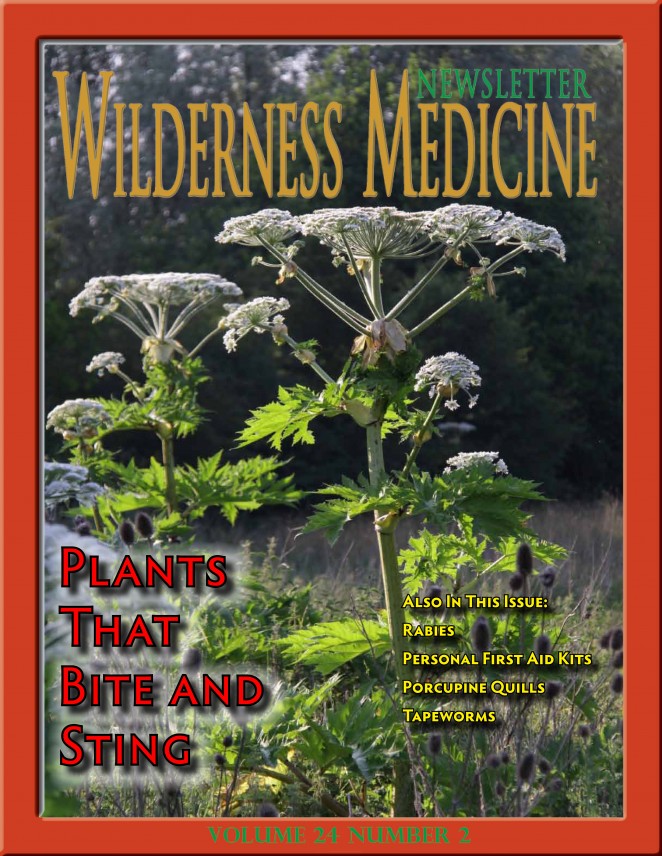
March/April 2011 ISSN-1059-6518 Volume 24 Number 2
The Tale of the Porcupine Quills
By Frank Hubbell, DO
You decided to agree to co-lead an overnight hike into the mountains with the youth pastor and youth group from your church. It is a beautiful summer weekend. The weather forecast looks perfect; they are a great group of kids; these trips are known for good food and fun; so, you have no reason to doubt that this will be an enjoyable event.
It takes about four hours to hike into the shelters. The walk in was uneventful, and, once there, the kids quickly go to work setting up camp and helping to prepare the evening meal.
All is well, until there is a sudden burst of activity as one of the kids realizes there is an animal under one of the shelter platforms. In all their excitement to get a better look, everyone gathers around when suddenly the beast from beneath decides it had better make a run for it. Out from under the platform emerges one very large and startled porcupine that is determined to get away. In the process one of the kids manages to get swiped by the porcupine, and your extremely well-behaved dog decides to defend the camp and bats the porcupine with his paw. Fido is now in pain and mad at the porcupine. He decides to bite it. Wrong decision, Fido.
Read more




